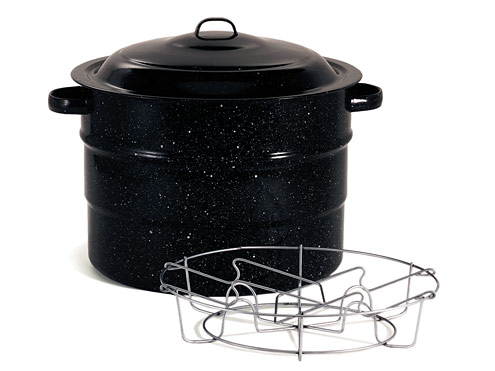What should I do if, during the mash my temp drops too much. Add some heated water? I shouldn't add heat to the pot?
Define: "too much"
My mash used to drop to 140°F every time I let it sit more than 30 minutes or so. By that time, enzymatic activity is pretty much finished anyway. I didn't worry about it and the beer always turned out great.
If you want to maintain heat, wrap the pot in some towels, pillows and/or blankets.





